Gallery: Windows PCs from CES
While Internet of Things integrations and putting personal assistant technologies into cars or desktop robots dominated the CES headlines out of Las Vegas this week, there were plenty of interesting new systems and gadgets for businesses running Windows 10.
The category of two-in-one detachables that start as a PC, where the screen can be taken off to make a tablet, saw a few more entries this week. The most interesting is the Dell Latitude 7285, which is moving the ball forward with a wireless charging capability.
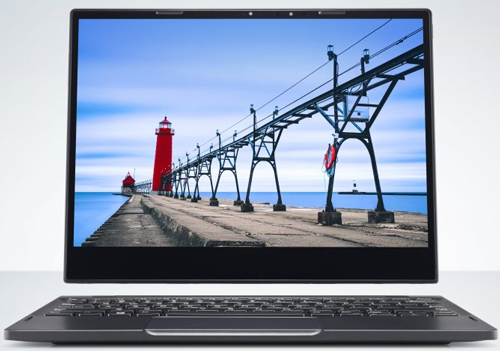 Dell Latitude 7285
Dell Latitude 7285
It's a bit of a wait, with availability set for the summer and pricing to be revealed during Dell EMC World in May. The 12-inch Latitude 7285 will use WiTricity magnetic resonance wireless charging. Dependencies for full functionality will include a charging mat and a WiGig wireless dock. The appeal will be the ability to remove the device without unplugging anything and return to work at the desk with content appearing on external displays without plugging anything back in.
Another new offering in the category of detachables modeled after the Microsoft Surface is the latest rev of the Lenovo Miix. In April, Lenovo will make available the Miix 720, which will start at $1,000, a price that includes the keyboard but may not include the Lenovo Active Pen 2, depending on geography. The new detachable comes in champagne (as shown below) or iron-gray and, like many of the new machines on display at CES this year, includes a USB Type-C port, in this case Thunderbolt 3.
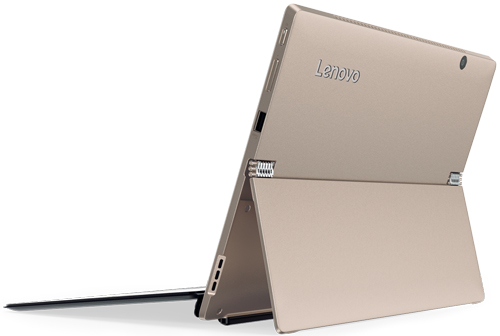 Lenovo Miix 720
Lenovo Miix 720
Heavy-duty workstations have their place at this year's show, too. With all the attention on augmented, mixed and virtual reality, Dell is positioning a new laptop as its first VR-ready mobile workstation. The Precision 7720 is designed for VR content creation with power from 7th-Gen Intel Core and Intel Xeon processors and NVIDIA Pascal Quadro graphics. The U.S. starting price is $1,700.
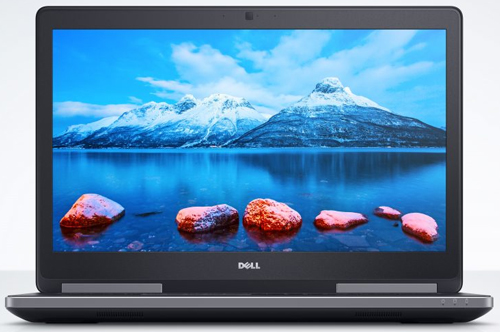 Dell Precision 7720
Dell Precision 7720
Another forthcoming Dell system is aimed at the Windows 10 Creators Update. By the end of this quarter, Dell will start taking orders for the Dell Canvas, a 27-inch QHD smart workspace supporting touch, digital pen and totems or dials. Pricing in the United States starts at $1,800.
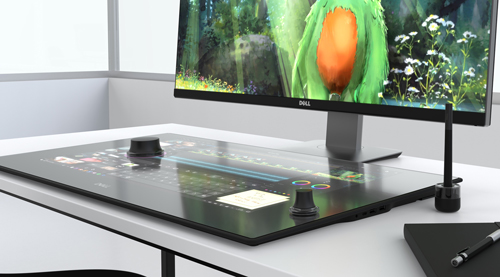 Dell Canvas
Dell Canvas
HP is also pushing forward in this area, where form factors are changing rapidly to accommodate or encourage new work styles. HP displayed its second-generation Sprout Pro, which features an HD resolution projector, a touch mat that's also a secondary horizontal display, and 2-D/3-D cameras. Top updates are a faster Intel Core i7 processor, 1TB of SSHD storage, up to 16GB of RAM and NVIDIA GeForce GTX 960M graphics. The systems will be available in some countries starting in March, with pricing to be announced later.
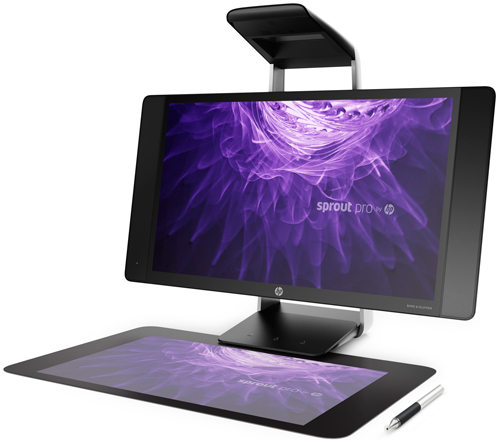 HP Sprout Pro
HP Sprout Pro
For more standard laptops, the 360-degree hinges popularized by the Lenovo Yoga line seem to be winning the design battle. Lenovo is out with another Yoga for professionals, the Lenovo ThinkPad X1 Yoga. The 14-inch metallic silver notebook has an OLED screen, a rechargeable pen and a next generation of Lenovo's "rise and fall" keyboard. The ThinkPad X1 Yoga is available next month starting at $1,500.
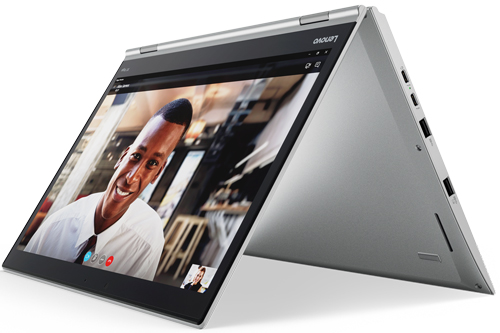 Lenovo ThinkPad X1 Yoga
Lenovo ThinkPad X1 Yoga
Dell is bringing the 360-degree hinge party to its popular XPS 13 line this year. The company is claiming 15 hours of battery life for the new XPS 13, which includes Dell's InfinityEdge, 5.7-million-pixel touch display, a fanless design and all USB Type-C ports to help keep the profile slim. The system is available from Dell.com and Best Buy in the United States for $1,000 and up.
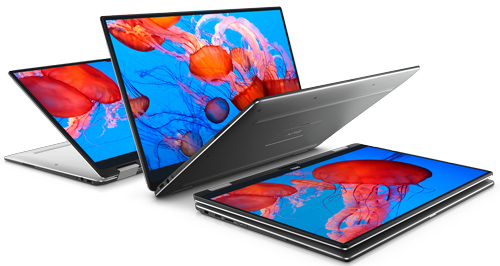 Dell XPS 13
Dell XPS 13
Toshiba is billing its new Toshiba Portégé X20W two-in-one, with a 360-degree hinge, as a premium Windows 10 Pro system. Distribution will vary by color. A slate-gray version will be available exclusively from MicrosoftStore.com and in Microsoft Stores. An onyx-blue version will be available at the end of the month from Toshiba's Web site and later from other resellers. Among the laptop's impressive specs are a 15.4mm thickness, a weight of less than 2.5 pounds and a claimed battery life of 16 hours.
 Toshiba Portégé X20W
Toshiba Portégé X20W
HP is following up on its arresting brown and gold HP Spectre x360 line with a higher-powered second-generation system. The 15.6-inch screen sports 4K resolution, while battery improvements allow the machine to run for up to 12 hours, HP claims. Refreshes on the processor from Intel, graphics from NVIDIA and speakers from Bang & Olufsen undergird this update. Preorders are already available at prices starting at $1,500.
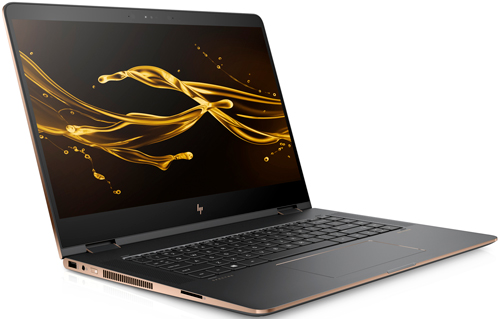 HP Spectre x360
HP Spectre x360
Later this month, HP will release a refresh of its slender HP EliteBook x360. The 14.9mm thick convertible features a 13.3-inch display, an IR camera and a stated battery life of 16 hours and 30 minutes.
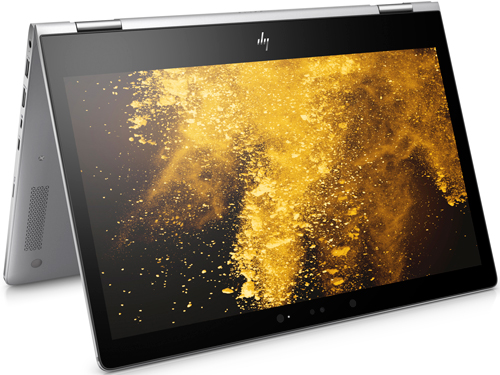 HP EliteBook 360
HP EliteBook 360
In the thin and light category, LG Electronics previewed a few clamshell designs for release later in the year. Dubbed LG Gram, the laptops come in three screen sizes -- 13.3-inch, 14-inch and 15.6-inch. The two smaller-screen models weigh in at about 2.1 pounds, while the bigger screen version is only 2.4 pounds.
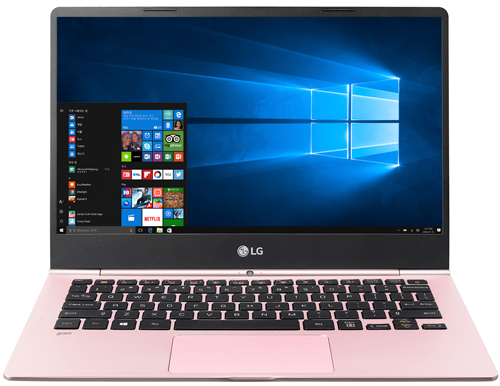 LG Gram
LG Gram
Among the thousands of different devices on display at CES, one stood out for business users on the go. Kingston Digital Inc. unveiled an enormous USB flash drive. The DataTraveler Ultimate Generation Terabyte offers up to 2TB of storage space. It doubles the capacity that Kingston came out with in 2013.
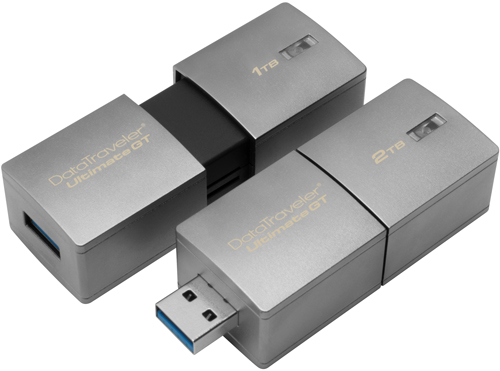 Kingston DataTraveler Ultimate GT USB flash drives
Kingston DataTraveler Ultimate GT USB flash drives
According to a storage chart provided by Kingston, the huge little drive could hold 166 HD movies (.MKV) or 1,792 compressed .MP4 movies. It sports USB 3.1 Gen 1 to exchange all that data with a PC as quickly as possible.
Posted by Scott Bekker on January 06, 2017